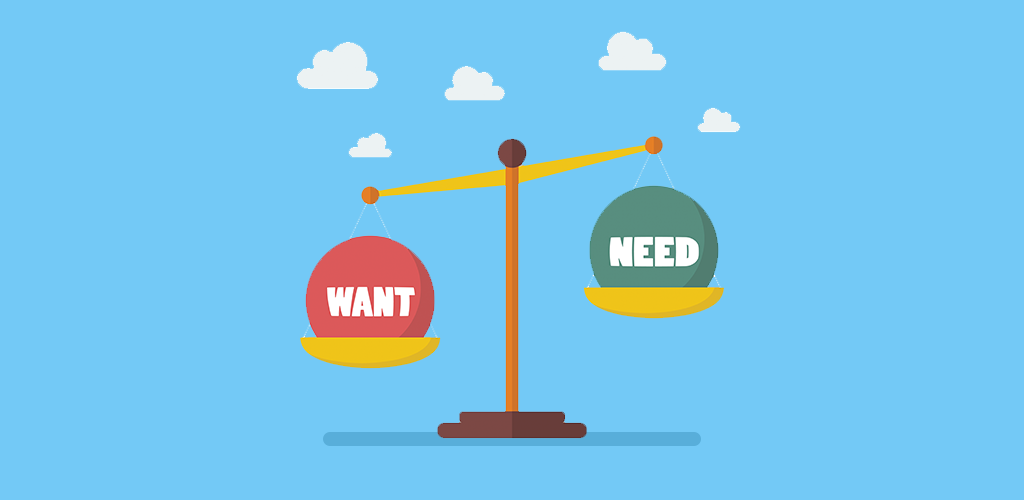How to Write a Customer Analysis for Your eCommerce Business

Prior to launching your ecommerce store, you need to take a close look at the people who are going to drive your success: your customers. Whether they buy from you once or become lifelong supporters of your brand, without the customers that drive a business, there would be no business. That means it’s absolutely crucial to understand them, their needs, and how your products fill those needs. The best way to do this is to write a customer analysis. Here’s how:
- Identify your customers and their needs
- Determine what drives their decision making
- Ask yourself how you will meet their needs
Identify Your Customers and Their Needs

The best way to appeal to your customers is to understand them. As you learn who they are, you will begin to notice distinct segments within your entire consumer base, forming a unique blend of people who nonetheless have one thing in common: your brand interests them. Although they share that trait, the reasons for their interest likely differs. When you write a customer analysis, you will be able to determine not just who your customers are but how they think and why they buy. This knowledge will help you grow your brand while remaining relevant in the eyes of the people driving that growth. There are a few key metrics you should study to build a complete profile about your various customers.
- Demographics: Start your analysis by taking a look at the statistical information about your customers. This data includes things like their age, gender, geographic location, their income, and more. It provides a solid base with which to begin segmenting and building profiles about your customers.
- Background: The next step to take when you write a customer analysis is to learn the background of your customers. While it may be difficult to gather hard evidence about their backgrounds, educated guesses can provide you with you a more rounded picture of who your consumers are. For example, if you run a paper store that sells pens and notebooks, you can make an educated guess that you sell to teachers or writers. Do your best with the knowledge you have to determine the careers and lifestyles, hobbies, politics, and other values of your customers.
- Communication: Once you have begun to identify different segments within your customer base, and are learning how those segments think and behave, you must begin to research how they communicate with the brands they do business with. What broadcasts do they watch and listen to? Which publications do they read? Do they prefer digital media, social media, etc.? How can they be influenced through those mediums? Also think about the language they respond to (formal, slang). Understanding how they communicate will help you to reach out to them in future.
- Needs: In this step, ask yourself what the needs of your customers are and how your product solves their needs. Not only will you get a better look at how to market to your audience, but you may also identify ways to improve your product or service to make it even more appealing.
- Objections: When you write a customer analysis, you must learn what your customers like but also what they don’t like. What would stop them from buying your product? Knowing this detail will help you proactively remove any barriers that would prevent you from making sales.
You must also decide the level of importance of each segment to determine how to appropriately allocate resources to growing and maintaining them.
Determine What Drives Their Decision Making

The next step in writing a customer analysis is about your own products as much as it is about your customers. You know who they are, how they think, and how they buy in a general sense. But what are their buying habits when it comes to your own brand? What things will they consider before making the ultimate decision to give you their business? These are just a few of the elements you should examine:
- The Price of Your Product: One metric you should have a rough idea of about your customer is their level of income. How does the price of your product match that information? Are you charging more than your customers can afford? Likewise, are you charging too little for your product (which could trick them into thinking it is low quality)? Price for your customers as well as your market.
- The Quality of Your Product: The next thing to consider is the quality you offer your customers. Different segments may seek out products of different quality, which could change the likelihood of them doing business with you. This may affect how you market to specific groups of customers.
- Existing Competition: Some customers are really brand loyal, while others don’t care what company they buy from as long as they get the same product for the best price. Ask yourself where your consumers fall and how your competition could affect their choice to buy. For those customers who are just as likely to buy from your competition, put a plan in place to help increase their loyalty to your brand.
- And More: Other factors to look at include how urgently your customers need your product, how much they know about your industry, and what your relationship with them is like.
To Write a Customer Analysis Ask Yourself How You Will Meet Their Needs

All products serve a need or solve a problem of a customer, no matter how small that need or problem might seem. By knowing what your audience requires, and how they make the decision to buy, you can closely examine the product you have in place and take note of areas of improvement. This knowledge, along with the understanding of who your customers are, will serve to improve the product you offer and how you offer it, making your business even better than it was before.
Visit Shopivo and stay tuned for exciting news and updates! Sign up for our emails and stay up-to-date on new developments and features.
